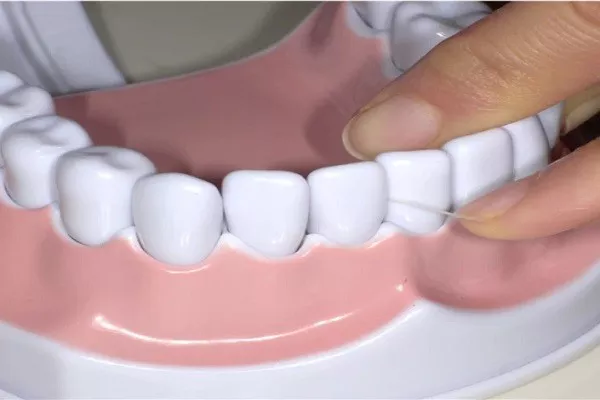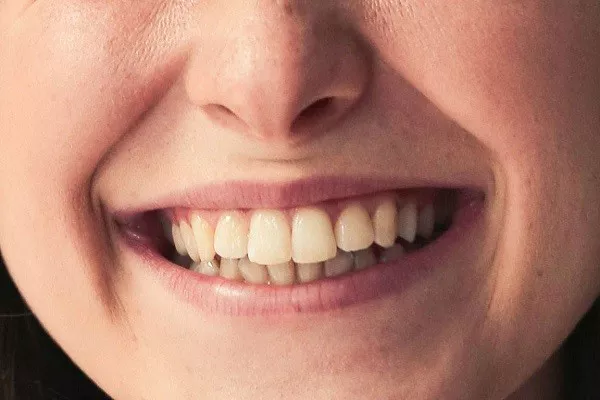Dental fillings are a common dental procedure used to restore teeth that have been damaged by decay or trauma. During the procedure, the dentist will numb the area around the tooth to prevent pain and discomfort.
The numbing effect can last for several hours after the procedure, depending on the type of anesthesia used and individual factors.
Here are some factors that can affect how long the numbing lasts after a dental filling:
- Type of anesthesia:
The type of anesthesia used during the dental filling procedure can affect how long the numbing effect lasts. Local anesthesia, which is typically used for dental fillings, can last for several hours after the procedure. General anesthesia, which is used for more complex dental procedures, can last for several hours or even up to a day.
- Dosage:
The dosage of anesthesia used can also affect how long the numbing effect lasts. A higher dosage of anesthesia can provide a longer-lasting numbing effect.
- Individual factors:
Individual factors such as age, weight, and health can also affect how long the numbing effect lasts. People with a higher body weight may require a higher dosage of anesthesia, which can provide a longer-lasting numbing effect.
- Location of the filling:
The location of the filling can also affect how long the numbing effect lasts. Teeth located in the front of the mouth tend to have a shorter-lasting numbing effect than teeth located in the back of the mouth.
In general, the numbing effect after a dental filling can last for several hours. The duration of the numbing effect can vary depending on the factors listed above. It is important to avoid eating or drinking anything until the numbness has worn off completely, as it can be easy to accidentally bite or burn the tongue or cheek while still numb.
If the numbing effect lasts longer than a few hours, or if you experience any other unusual symptoms, such as swelling or pain, contact your dentist immediately. In rare cases, an allergic reaction to the anesthesia can occur, which requires prompt medical attention.
In conclusion, the numbing effect after a dental filling can last for several hours, depending on the type of anesthesia used and individual factors. It is important to follow your dentist’s instructions carefully and to avoid eating or drinking until the numbness has worn off completely. If you experience any unusual symptoms, contact your dentist immediately. With proper care, dental fillings can restore damaged teeth and maintain good oral health.
































